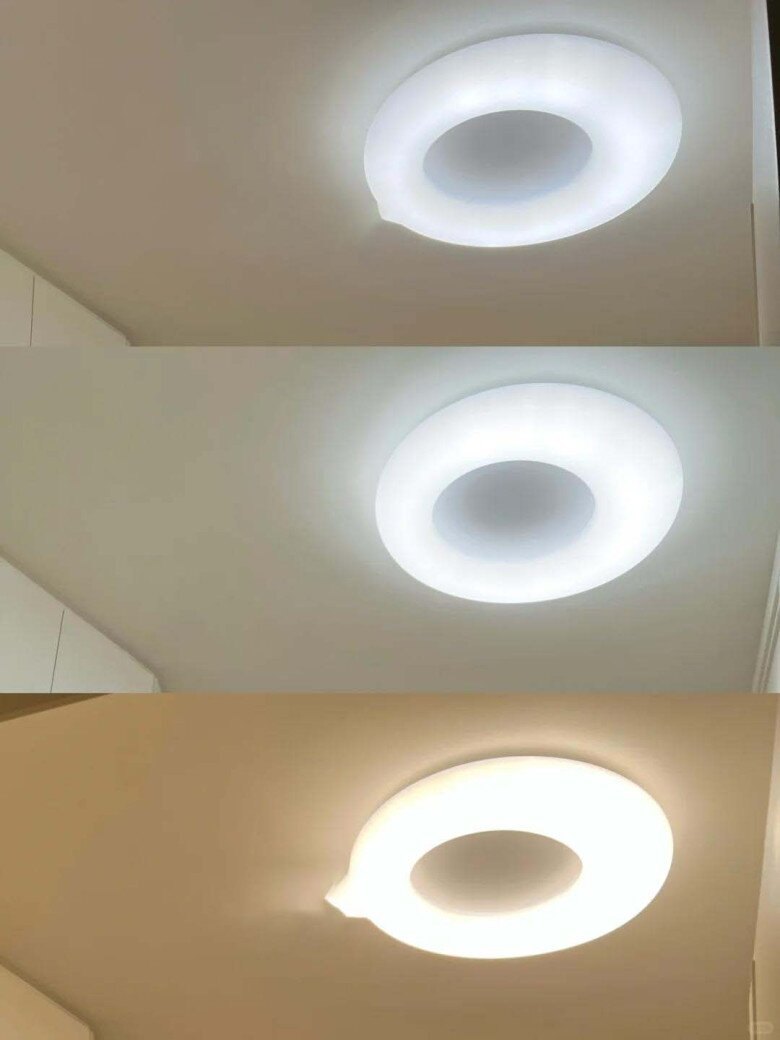After numerous ceiling light replacements, I realized that there are “six don’ts” to keep in mind when purchasing this fixture.
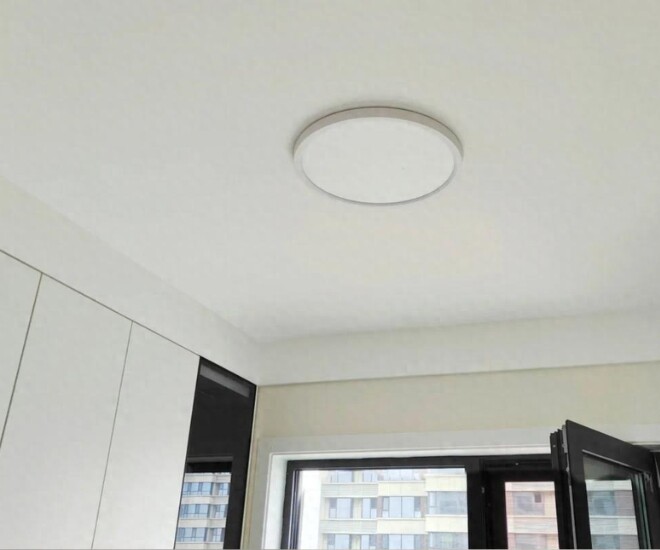
1. Don’t leave a gap between the ceiling and the light during installation
When installing a ceiling light, pay attention to choosing fixtures that sit close to the ceiling. Some lights have a large gap between the light and the ceiling, which may not be apparent at first, but over time, dust and insects like mosquitoes can easily accumulate in these crevices.
Additionally, high-hanging lights can make a room feel more cramped and dull, especially if the ceiling is already low. The light casts shadows on the ceiling, creating an unsightly effect. On the other hand, lights mounted directly on the ceiling effectively prevent dust and insect ingress. They only need to be lightly wiped with a dry cloth to maintain cleanliness.
Even if your apartment doesn’t have the ideal floor-to-ceiling height, strategically placing ceiling lights can still brighten up the space and make it feel fresh. Uniform lighting without blind spots will make the space more impressive and practical.
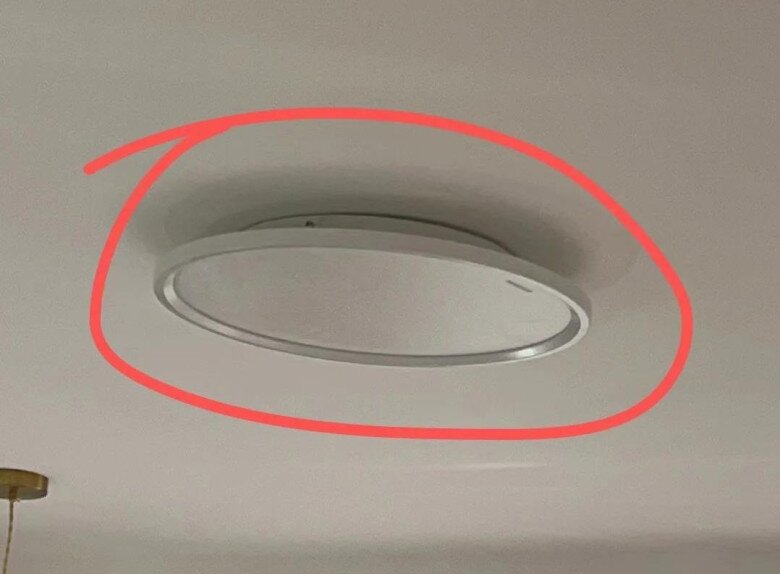
2. Don’t choose plastic lampshades; opt for acrylic instead
When selecting a lampshade for a ceiling light, many people are drawn to plastic options due to their affordability. However, after a short period, plastic shades often turn yellowish, become brittle, and crack upon touch.
Moreover, plastic shades have poor light transmission, resulting in a hazy and dull light that makes the space feel gloomy and lifeless. In contrast, acrylic lampshades offer superior benefits. With high light transmission, acrylic shades emit bright and vibrant light while effectively illuminating the room.
Acrylic is also highly durable, resistant to abrasion and aging, maintaining its newness over years of use. Therefore, investing a little extra in an acrylic lampshade brings not only aesthetic value but also ensures longevity and efficient lighting for your living space.
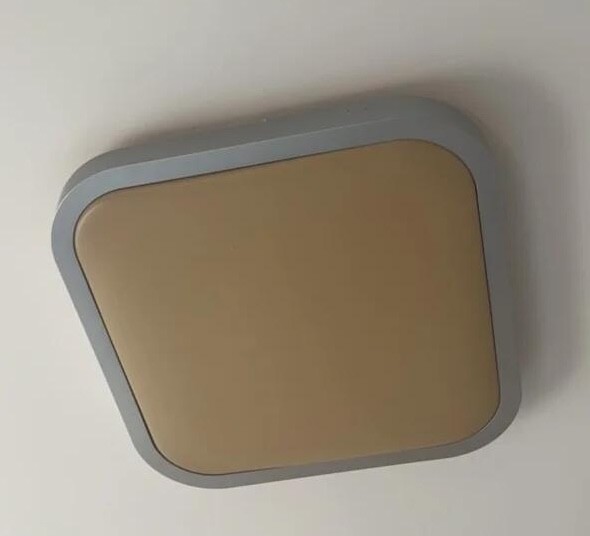
3. Avoid lights with incomplete spectra; choose those with full spectra
When selecting lighting fixtures, prioritize those with full spectra instead of incomplete ones, especially those with excessive blue light. Prolonged exposure to this type of light can lead to dry eyes, swelling, and pain, disrupting your body’s circadian rhythm and making it difficult to fall asleep at night.
Children are particularly vulnerable to rapid vision decline when reading or doing homework under inappropriate lighting. Furthermore, lights with incomplete spectra produce inferior color rendering effects, distorting the colors of clothing and paintings, making your living space less appealing.
In contrast, ceiling lights with full spectra are like bringing a “mini sun” into your home. Their light closely resembles natural sunlight, restoring the true colors of objects and providing a comfortable viewing experience.
4. Steer clear of lights with low color rendering index (CRI)
When choosing a ceiling light, avoid those with a low CRI. Under the light of these fixtures, colors of objects will appear altered, such as a red sofa appearing darker, greenery losing its vibrancy, and food becoming less appealing.
Using low-quality lighting for extended periods can negatively impact the aesthetics of your living space and impair your ability to distinguish colors. This is especially critical for family members involved in professions like painting, photography, or any field requiring precise color accuracy.
On the other hand, ceiling lights with a high CRI, typically above 90, emit light similar to natural sunlight. This light enhances the details and colors in your home, creating a comfortable and pleasant atmosphere. As a result, your living space becomes more visually appealing and better supports your daily activities.
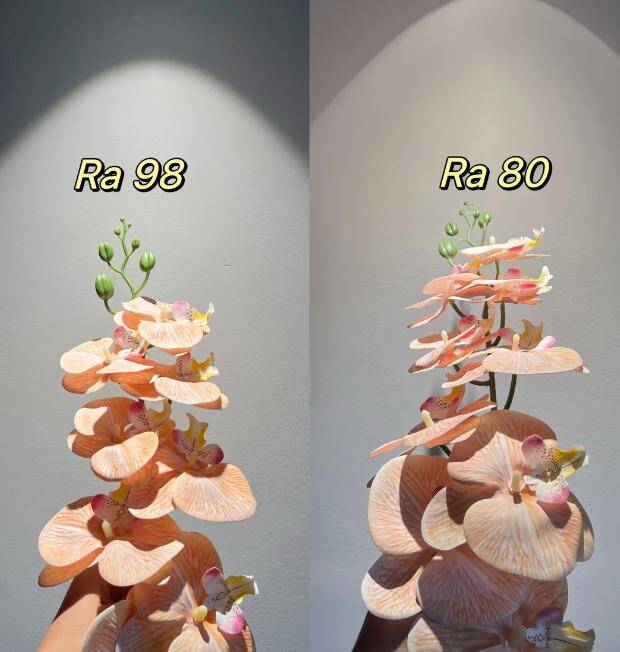
5. Avoid lights that emit direct light
When selecting a ceiling light, steer clear of those that emit direct light, as they tend to be glare-inducing and only illuminate a small area. This can make many corners of the room dark, increasing the risk of bumping into things when moving around at night.
The concentrated light and strong contrast between light and dark areas can cause eye strain over time. Conversely, ceiling lights that emit ambient light create a more pleasant atmosphere. The light from these sources usually spreads from one side, evenly covering the entire room without creating dead corners or shadows.
This type of light is not only gentle and non-glare but also adds a warm and cozy feel to your living space. As you step into the room, you’ll instantly feel relaxed, fostering a friendly and comfortable home environment.
6. Don’t choose single-color lights
When choosing a ceiling light, avoid single-color lights, as they tend to remain the same color throughout their use. This can make the room’s atmosphere monotonous and induce drowsiness.
If you enjoy reading before bed or adjusting the lighting for social gatherings, single-color lights won’t offer the flexibility needed to match your lifestyle. Instead, consider ceiling lights with a three-tone lighting system or infinite brightness adjustment capabilities.
With these lights, you can effortlessly switch between cool, warm, and natural light and freely adjust the brightness. When relaxing, opt for warm yellow light to create a cozy ambiance. Conversely, switching to cool white light during work hours will help you stay alert and focused.
